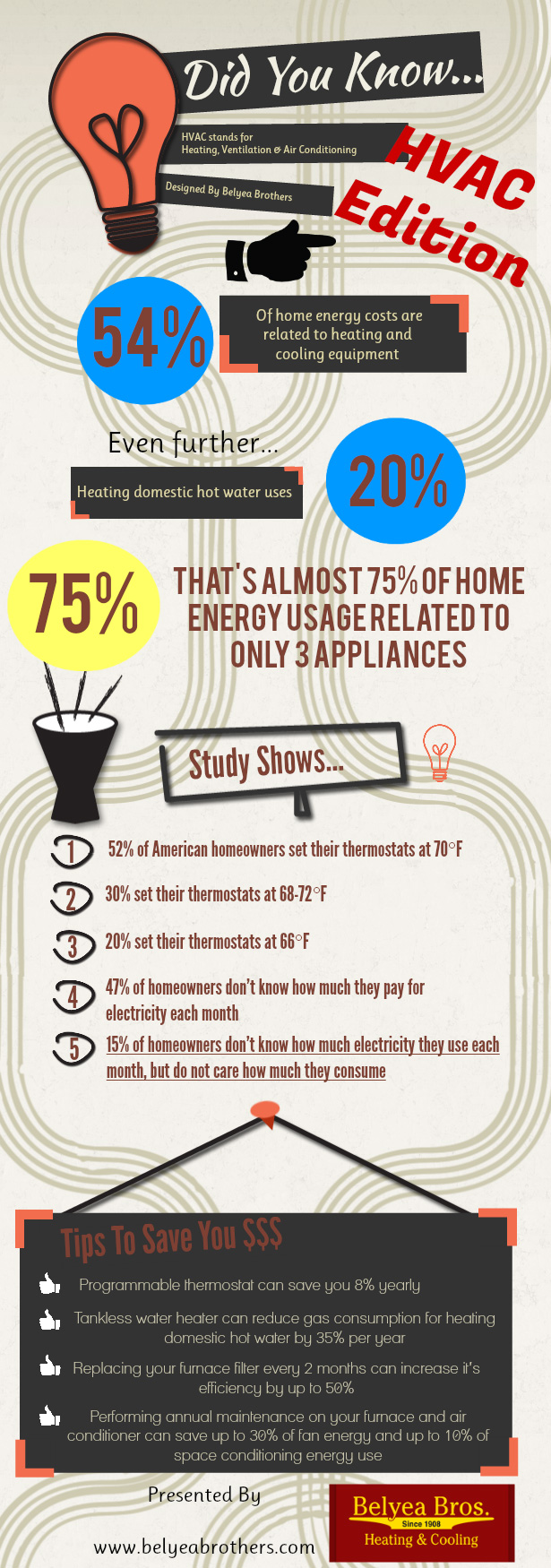When it comes to your heat pump, weather condition plays a critical function in its efficiency. From freezing temperature levels to sweltering heat, each aspect can impact how successfully your system runs. However what can you do to combat these weather-related obstacles and ensure your heatpump is working at its finest? Remain tuned to discover practical ideas and approaches to enhance your heat pump's performance, no matter the weather conditions it deals with.
Weather Condition Aspects Affecting Heat Pump Efficiency
Climate factors have a considerable impact on the effectiveness of heatpump. One essential factor is temperature level. Heatpump work by transferring warm from outdoors to inside throughout wintertime and the other way around in summertime. As temperatures decrease, it becomes harder for the heatpump to essence heat from the outside air, lowering its effectiveness.
Another key element is moisture. High moisture degrees can make it extra challenging for the heatpump to release heat during the cooling procedure.
In addition, wind speed contributes. Solid winds can dissipate the warm soaked up or launched by the heatpump, impacting its overall performance.
Tips for Optimizing Heatpump Efficiency
To enhance the effectiveness and long life of your heat pump, executing a couple of key methods can make a substantial distinction in its efficiency.
Firstly, make sure routine maintenance by cleaning or replacing filters every 1-3 months to stop airflow obstructions and make the most of airflow. Additionally, routine annual specialist assessments to find and address any prospective concerns at an early stage.
Optimal thermostat setups also play a vital function. During https://drive.google.com/drive/folders/1p_CRoXL4NIQaPKuOV6XMjLrJokJr_oCJ?usp=drive_link , aim for a temperature level setup that's as reduced as comfy, and during the summer, established it as high as comfy to minimize the workload on your heat pump. Making use of a programmable thermostat can assist you immediately readjust setups based on your routine.
In addition, sealing leakages in ductwork and shielding ducts in unconditioned spaces can prevent energy loss and improve overall system effectiveness.
Lastly, think about installing a clever thermostat that can discover your habits and readjust setups accordingly, more maximizing your heatpump's performance. By https://docs.google.com/spreadsheets/d/1Ju3PPHhZ0YBRlm03_3kPQhRnGvFfOb-QOHaqUZFcLCw/edit?usp=drive_link to these pointers, you can guarantee your heatpump operates efficiently and successfully throughout the year.
Best Practices for Weatherproofing Your Heatpump
For optimal efficiency and effectiveness of your heat pump, implementing weatherproofing actions is essential. Begin by sealing any kind of gaps or cracks around doors, windows, and ductwork to stop heat loss and keep a constant indoor temperature level.
Shield revealed pipes and ducts to stop freezing during cold weather and guarantee correct airflow. Consider installing a safety cover over the exterior device to secure it from extreme weather condition elements like snow, ice, and debris.
Routinely clean the outside unit to get rid of dust, leaves, and debris that can block air flow and reduce efficiency. Furthermore, keep the location around the heatpump clear of snow, ice, and plant life to enable correct air flow.
Conclusion
Now that you comprehend how weather condition affects your heatpump performance, you can take positive steps to enhance its performance. By adhering to the ideas detailed in this post, such as routine maintenance, thermostat adjustments, and weatherproofing measures, you can make certain that your heatpump operates at its ideal no matter the climate condition. Stay ahead of the game and maintain your home comfortable all year round.
